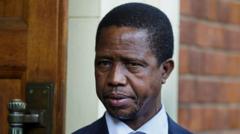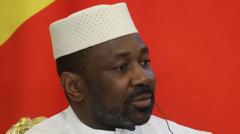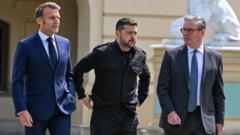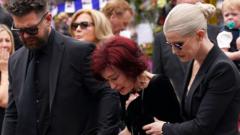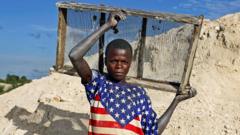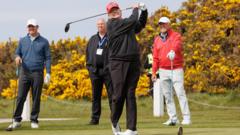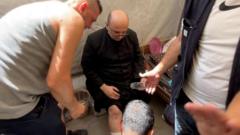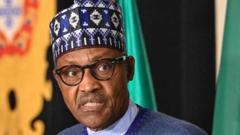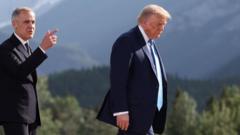As Pope Francis' funeral unfolds in Vatican City, attendees—including global leaders and everyday citizens—honor the pontiff's commitment to a more inclusive Church while navigating complex political dynamics in the gathering.**
A Final Farewell: The Global Mourning for Pope Francis**

A Final Farewell: The Global Mourning for Pope Francis**
Tens of thousands gather for Pope Francis' funeral, reflecting on his legacy of inclusion amid geopolitical tensions.**
Mourners from around the world gathered in Vatican City on Saturday to pay their respects at the funeral of Pope Francis, who passed away on Monday at the age of 88. With the funeral service set to take place in St. Peter’s Square, an estimated crowd of tens of thousands is expected to join the solemn mass, which will feature a blend of Catholic tradition and Francis’ personal calls for humility within the Church.
The ceremony, beginning at 10 a.m. local time, will honor the first Jesuit and first Latin American pope, who became known for advocating inclusivity and championing the causes of marginalized communities. In a departure from the lavish ceremonies typically associated with papal funerals, Francis' guidelines introduced last year aim for a simpler, more pastoral approach.
The attendance list includes over 150 foreign delegations, with notable figures like former U.S. President Donald Trump, President Joe Biden, and Argentine President Javier Milei—whose remarks about the pope in the past reflect a shift from contention to respect. A group of the poor and homeless, beneficiaries of Francis's outreach efforts during his papacy, will also attend, reflecting his commitment to those on the fringes of society.
Following the funeral mass, Francis' body will be transported to the Papal Basilica of Santa Maria Maggiore for interment. His burial will be private and is planned to occur in a simple tomb marked only by the inscription “Franciscus,” in keeping with his wishes for modesty in death.
Although the ceremony aims to celebrate the late pope’s legacy, it also provides an intersectional view of global politics today. The cross-section of world leaders at the event creates a unique dynamic, as some attendees hold conflicting views and past criticisms of Francis. The Vatican has arranged seating based on alphabetical order, aiming to minimize any potential tensions between rival nations.
Tight security measures have been implemented, with thousands of police officers deployed across the city to manage the expected surge in attendance. Streets leading to the Vatican have been closed to routine traffic, while emergency medical teams are on standby. The sense of reverence is palpable as journalists from around the globe converge on the Vatican, documenting what has become a historic moment for the Catholic Church and beyond.
As the world watches and reflects on the legacy of Pope Francis, discussions surrounding his impact on climate change, social justice, and the institutional reforms within the Church persist, illustrating a profound departure from past traditions and a continuously evolving narrative for the future of the Catholic faith.

